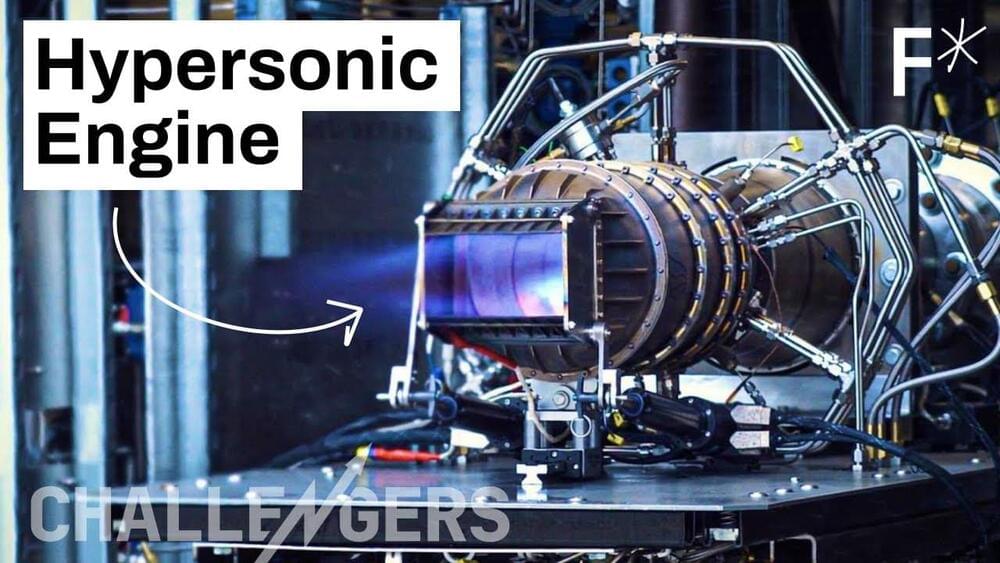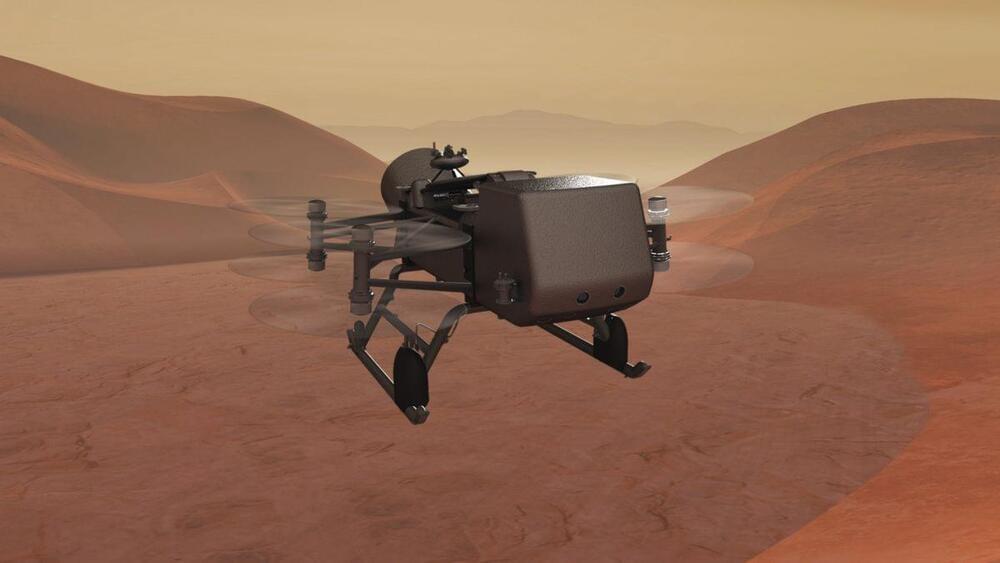A new study finds that drinking two to three cups of ground, instant, or decaffeinated coffee each day is associated with a longer lifespan and lower risk of cardiovascular disease compared with avoiding coffee.
Experimental video mashup on the Singularity featuring Ben Goertzel & Hugo de Garis.
Music by Scott Hanson (Tycho) — the actual song is Melanine form the album Dive.
Hugo de Garis
Ben Goertzel
Artilects
Nanotechnology
“I live on Earth at present, and I don’t know what I am. I know that I am not a category. I am not a thing — a noun. I seem to be a verb, an evolutionary process — an integral function of the universe.” — R. Buckminster Fuller I Seem to Be a Verb (1970)
Science, Technology & the Future — By Design.
In a free-wheeling conversation with Joe Rogan, Jobs talks about Microsoft, Adobe, and much more.
If there was anything that could make a case for how far Artificial intelligence (AI) has come, it would be the ability to converse with the dead. Podcast.ai is a platform that aims to demonstrate this week after week with its in-depth interviews, which began with no one other than Steve Jobs.
The episode does begin with a big disclaimer that the entire conversation has been generated by AI. The podcast maker also taps into the expertise of play.ht, which, according to its webpage, gives one the option of 907 ultra-realistic voices to choose from.
Podcast.
Waseef/iStock.
Podcast.ai states that they chose Jobs for their first project due to his impact on the technology world and how he continues to inspire people, much after his death too.
The incredible power of the Sun has been captured in a stunning video showing a massive coronal magnetic ejection being thrown into space.
Hermeus is building the world’s fastest commercial aircraft. And we got to tour their hypersonic flight lab.
Watch the Challengers playlist ► https://youtube.com/playlist?list=PLXthoedLVIdKeeuwpDPSyHSC54obntRxB
The aircraft startup Hermeus is aiming to do something unprecedented: build an aircraft that can take off from sea level, hit hypersonic speeds, and land to be reused, all while using one jet engine.
To achieve that goal, Hermeus is experimenting with a demonstrator aircraft called Quarterhorse — a small single-engine autonomous vehicle designed to test the company’s one-of-a-kind engine and briefly hit Mach 5 to collect data.
Freethink asked Hermeus whether early experiments with Quarterhorse are likely to succeed. The answer? No. Failure is still the most likely outcome. “And every day that inches a little bit closer to success, a little bit closer and a little bit closer,” said the founder of Hermeus. “And there’ll be days when we go the other direction, where we learned something we didn’t know, where we fail in a test, and we take a step back. We just keep moving, keep moving a little bit by bit, until we will this into existence.”
Watch on Freethink.com ► https://www.freethink.com/series/challengers/commercial-hypersonic-flight.
Beware! This robotic arm has a powerful grip.
What would be your first reaction when you see a grey-colored robotic hand mimicking your real hand’s (assuming that the reader is a human) movements and functions? You’d be shocked and spooked, right? Well, a robotics company in Poland has managed to create such an unbelievable artificial hand for real, New Atlas.
A robotic hand that looks and works almost like a human hand is about to arrive in the market by 2023. Here is everything you want to know about the science and underlying technology that makes this innovation work.
Providing “impeccable” security at the intersection of innovation, technology, and adventure sports.
Adrenaline junkies, thrill seekers, and newbies, you might want to add experiencing a first-of-its-kind giant swing backed by Artificial Intelligence (AI) to your bucket list.
IStock/Adventure_Photo.
Come 2023, tourists in Manali, a gorgeous high-altitude Himalayan town in Himachal Pradesh, a northern state in India. Manali is famed for its jaw-dropping sights and adventure tourism and is popular with backpackers and honeymooners. Founded by four childhood adventure enthusiast friends who are engineers, certified rock climbers, and mountaineers, the start-up, called ‘ManaliSwing,’ could be an additional feature in Manali’s cap.
NASA’s Dragonfly mission to Saturn’s largest moon will touch down on a terrain of dunes and shattered, icy bedrock, according to a new analysis of radar imagery from the Cassini spacecraft.
Launching in 2027, Dragonfly is a rotorcraft that will arrive in 2034 and explore Titan from the air. Its range will be far greater than that of a wheeled rover, with Dragonfly capable of covering around 10 miles (16 kilometers) in each half-hour flight, according to NASA. Over the span of its two-year mission it will explore an area hundreds of miles or kilometers across. However, before taking to the sky on its own, Dragonfly must first arrive on Titan under a parachute, soft-landing on frozen terrain that is hidden from easy viewing by the dense hydrocarbon smog that fills the moon’s atmosphere.
The Scariest Thing about Jupiter
Posted in space
Jupiter’s storms aren’t the scariest thing about Jupiter. Find out what NASA is afraid of the most about Jupiter.









